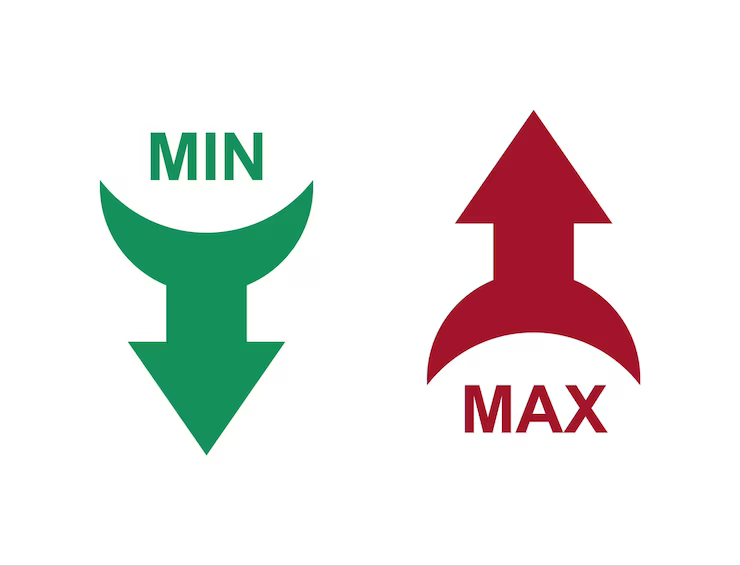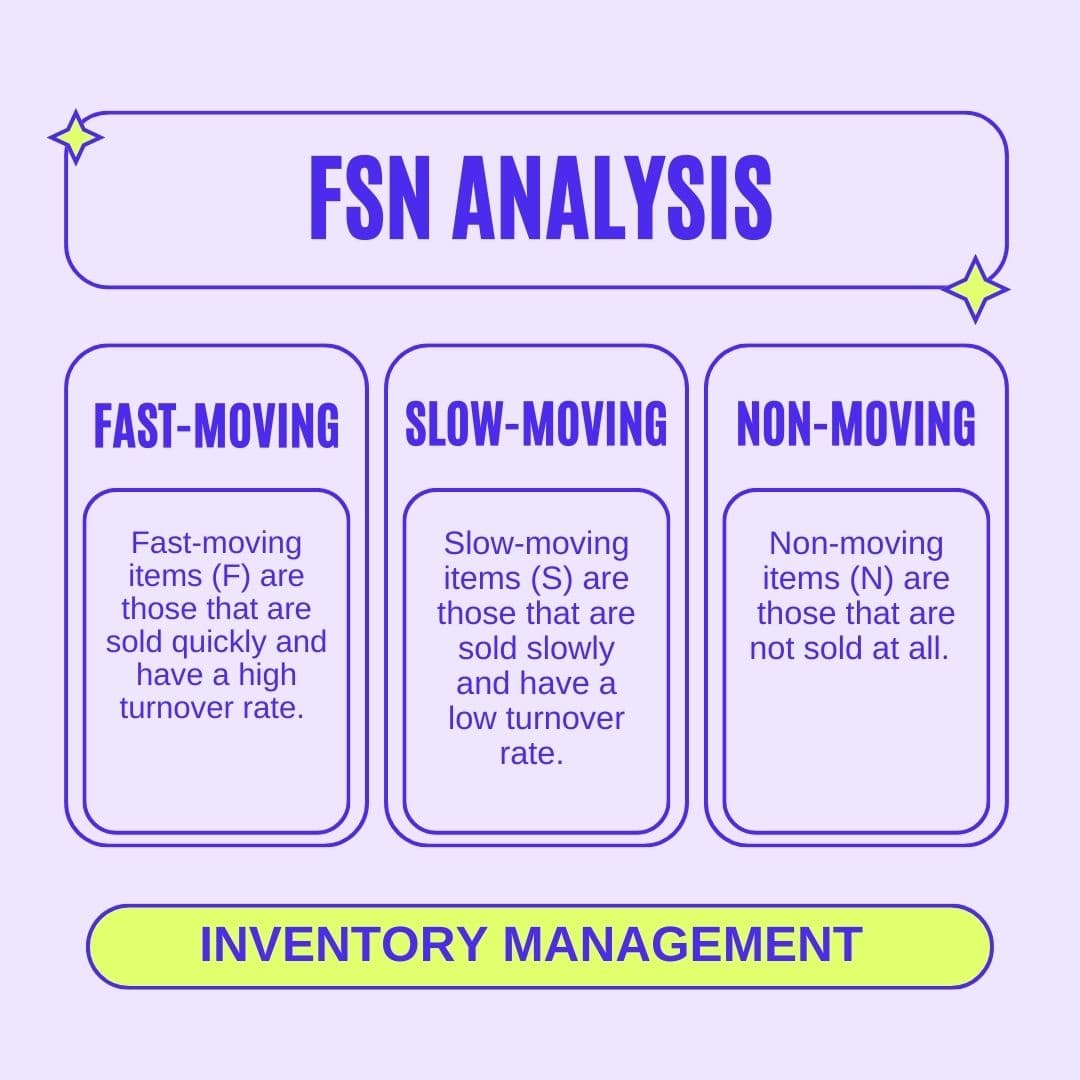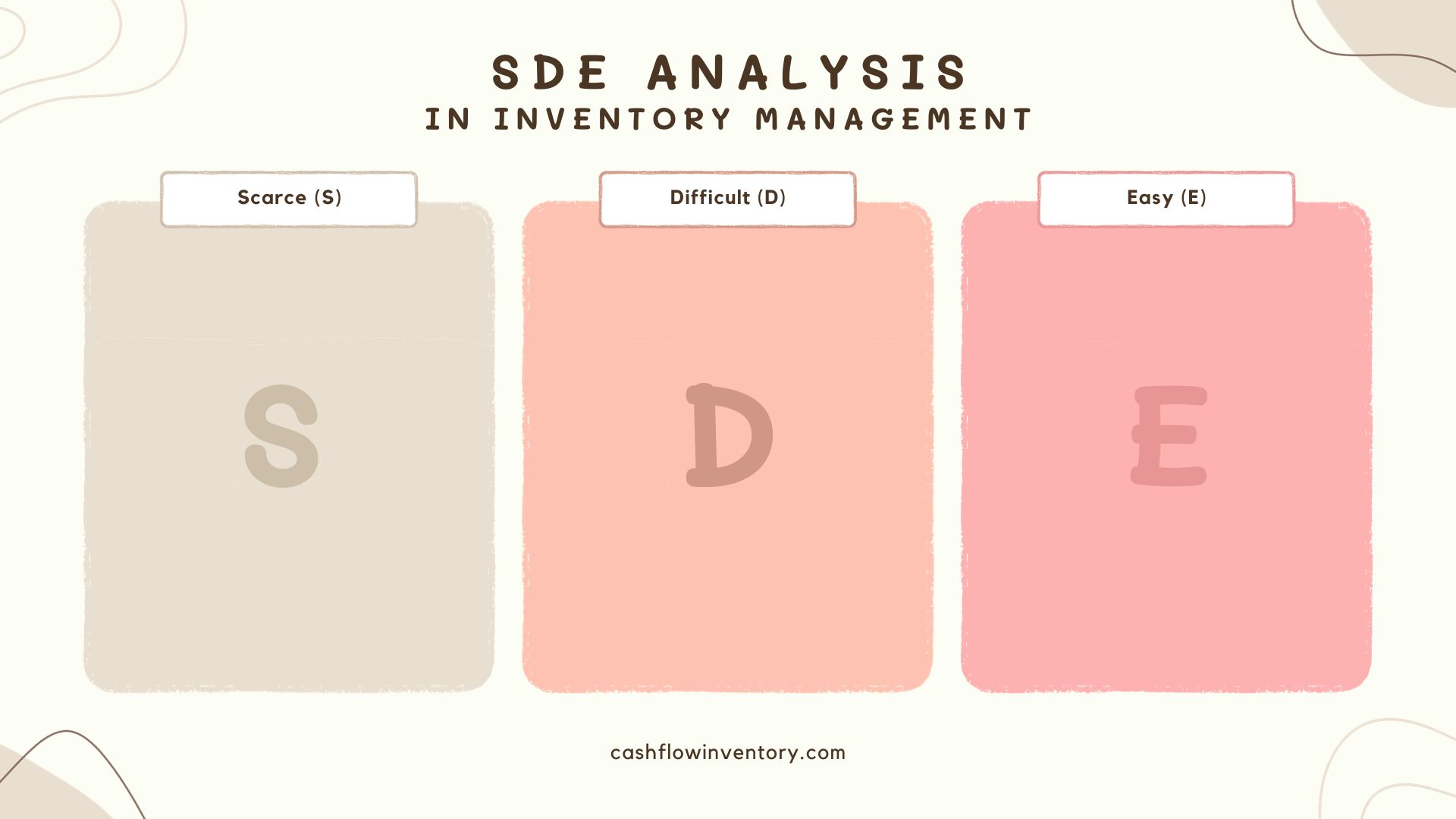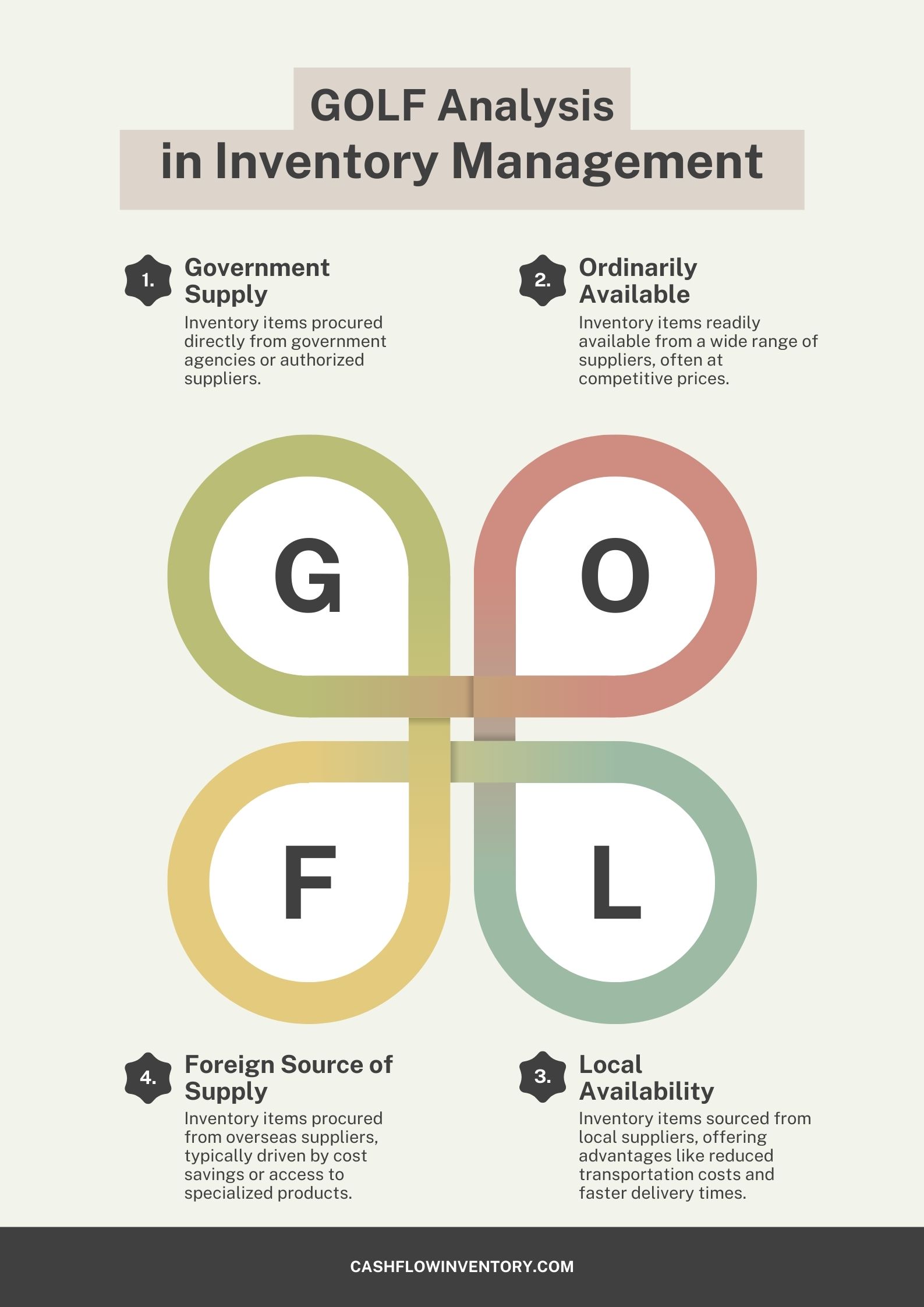
HML Inventory Analysis: Streamlining Inventory Management
HML analysis, an inventory classification technique, categorizes inventory items into three groups: high (H), medium (M), and low (L) based on their unit price. This simple yet effective method provides businesses with a structured approach to inventory management, enabling them to prioritize control efforts based on item value. Classifying Inventory Items: To classify inventory items […]
Read More
Striking the Balance: Mastering Min and Max Stock Levels
Min and max stock levels are predetermined inventory limits that help businesses maintain optimal stock levels. These predetermined thresholds can be fixed quantities for each item or dynamically adjusted based on sales trends using real-time sales data from a perpetual inventory system. These thresholds establish boundaries, ensuring that inventory levels never drop below a certain […]
Read More
FSN Analysis: Optimizing Stock, Reducing Costs, and Maximizing Profits
FSN analysis, an acronym for Fast-moving, Slow-moving, and Non-moving inventory, is a technique used to classify inventory items based on their consumption rate. This classification system helps businesses make informed decisions about their stock levels, order quantities, and inventory carrying costs. The primary criteria used to categorize items into the three groups are: In inventory […]
Read More
SDE Analysis in Inventory Management
SDE analysis, an acronym for Scarce, Difficult, and Easy, is a simple yet effective inventory classification technique that helps businesses categorize their inventory items based on their availability and procurement complexity. This classification empowers businesses to make informed decisions regarding procurement, storage, and replenishment strategies, leading to improved inventory management practices. Classifying Inventory Items Using […]
Read More
SOS Analysis: Optimizing Inventory Management for Seasonal Items
In the realm of inventory management, understanding seasonal trends and patterns is crucial for businesses to optimize their operations and maximize profits. SOS analysis, an acronym for Seasonal, Off-Seasonal, stands as a valuable tool for businesses that deal with seasonal items, particularly raw materials and agricultural inputs. By employing SOS analysis, businesses can make informed […]
Read More
GOLF Analysis: Streamlining Inventory Management Through Supplier Classification
In the dynamic world of business, inventory management stands as a critical function, ensuring the seamless flow of goods and materials. However, managing a vast array of inventory items, each with its unique characteristics and procurement requirements, can be a daunting task. This is where GOLF analysis emerges as a powerful tool, providing a structured […]
Read More
Why Inventory Management Is Often Overlooked in Small Businesses
Throughout my 15 years of working closely with small businesses, I’ve observed that inventory management is often overlooked by small business leaders. This oversight can have significant consequences, hindering growth and profitability. Drawing from my experience, I’ll share the reasons why inventory management is often neglected, the pitfalls of this neglect, and strategies for implementing […]
Read More
Customer Managed Inventory: What It IS, How It Works
Customer managed inventory (CMI) is a supply chain management strategy in which the customer, rather than the supplier, is responsible for managing inventory levels and placing replenishment orders. This approach contrasts with vendor managed inventory (VMI), where the supplier takes on the responsibility for inventory management. How It Works: Customer managed inventory (CMI) is a […]
Read More
Just-in-Time Manufacturing: A Comprehensive Guide
In the fast-paced world of manufacturing, efficiency and cost-effectiveness are paramount to success. Just-in-time (JIT) manufacturing has emerged as a revolutionary approach that streamlines production processes, reduces waste, and enhances overall profitability. This inventory management strategy aims to deliver raw materials and components exactly when they are needed for production, eliminating the need for excess […]
Read More
How to Align Your Accounting and Inventory Management Processes
Inventory management and accounting play crucial roles in ensuring the smooth operation and financial well-being of an organization. While these two functions may seem distinct, they are intricately interconnected and share a common goal: to optimize resource utilization and maximize profitability. Aligning accounting and inventory management processes is essential for achieving this shared objective. Interconnectedness […]
Read More